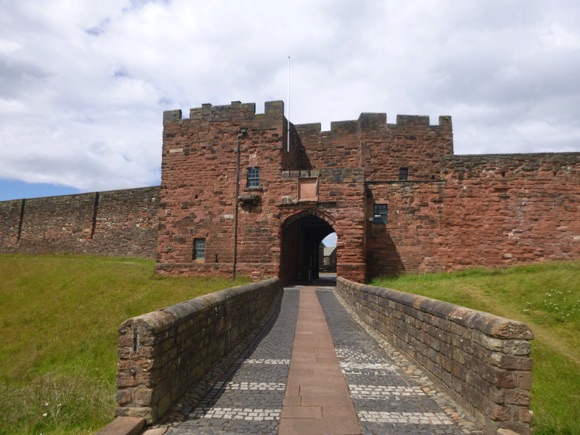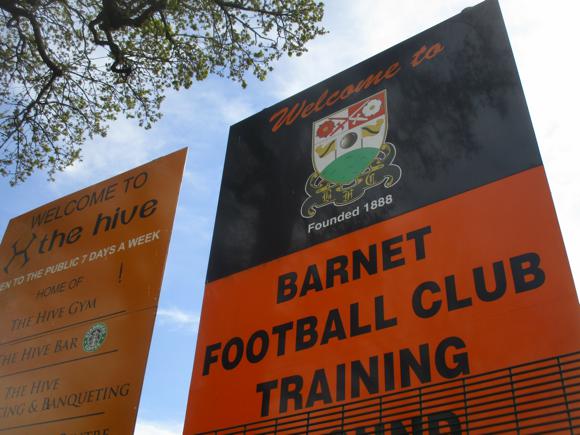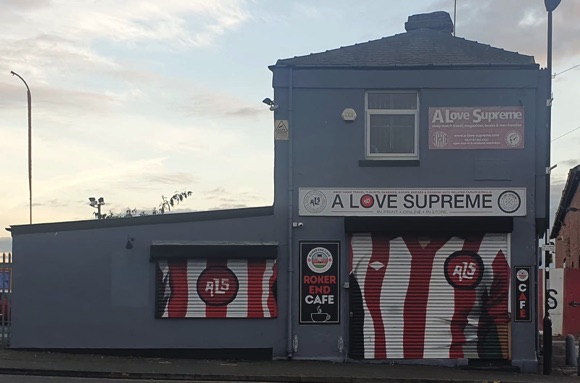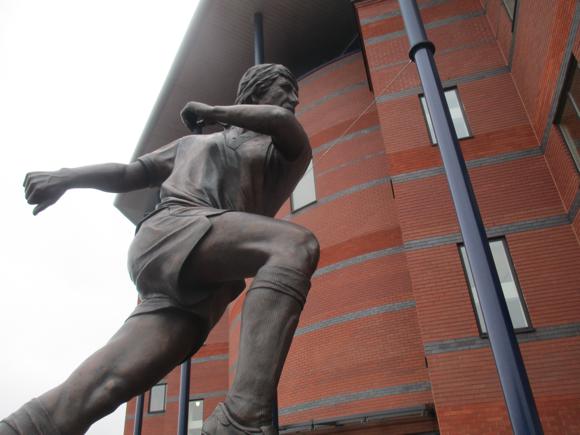A complete guide to the game across the country
England is the home of the game’s most venerable league and cup competitions, both dating from the 1800s. Today, 92 clubs play in four professional leagues, and the main cup tournament consists of 16 rounds, involving some 750 participants.
In its current, money-spinning format, the top-flight Premier League is the world’s most watched, generating around £5 billion of collective TV revenue for its 20 members in 2022. Another league table, of the 20 richest clubs on the planet, is dominated by England, with oil-backed Manchester City at the top and the likes of Everton, Aston Villa and Wolverhampton Wanderers, who last raised a league trophy decades ago, also in the frame.
At national level, half a century after England’s only triumph on the world stage in 1966, an exciting young team reached a major final and a semi within the space of three years. At European level, after a period of Spanish domination, City, their main domestic challengers Liverpool, wealthy Chelsea, a resurgent Tottenham and a once mighty Manchester United, have all made finals in recent seasons.




Set against those achievements, most top clubs are foreign-owned and able to take on vast sums of debt in a way that German ones cannot. Yes, they generate enormous amount of revenue from TV, sponsorship and gate money – Manchester United usually attract gates close to their stadium capacity of 75,000 – but, with a 20-team league, two major cup tournaments and long runs in Europe to factor into every season, squads are large and extremely highly paid.
The situation is far removed from clubs’ working-class roots. This is particularly acute in the case of Manchester United, whose fans have staged disruptive protests against their absentee owners. The club whose mantle they assumed in the glory days of the 1990s, Liverpool, have since usurped United’s role at or very close to the top.
Both originated from great manufacturing and trading hubs of Victorian Lancashire, both rose with the post-war football boom – and both have been at their iconic grounds for over a century. Both, however, are now under US ownership. With 39 titles between them, two of England’s three biggest clubs are global brands, as recognisable as any British pop group or film star.




London, home of the national stadium, Wembley, remains a soccer mecca. Of its six Premier League clubs, Arsenal were traditionally the most successful. While financing a new stadium, the Emirates, and sticking with the same manager, Arsène Wenger, the giants of the pre-war game were the most consistent in modern times.
Unprecedented funding by a Russian oligarch allowed Chelsea to buy the best and overtake their city rivals to claim five titles in just over a decade. However, while Arsenal, Tottenham, West Ham and even impressively overachieving Brentford now play in recently built stadiums, the Blues remain at Stamford Bridge, its capacity two-thirds the size of their three main local rivals’. With Abramovich now gone, it remains to be seen what will happen with a redevelopment project put on ice since 2018.
Away from England’s three great football hubs of Manchester, Liverpool and London, the game in two other traditional heartlands, the Midlands and the North East, has long been starved of success. This situation was redressed somewhat by Leicester’s shock title win of 2016 and may yet be further challenged by the petrodollars flowing into Newcastle United, a club with the capability, the stadium and the fan base to repeat the transformative feat seen at Manchester City.
Wembley, where England fans disgraced themselves in appalling scenes before the men’s Euro 2020 final, and which filled with cross-generational celebration for the Women’s Euro final of 2022, remains firm favourite to host the Euro finals of 2028. For size, prestige and tradition, nowhere else comes close.
STATION TO STADIUM
Arriving and getting around by public transport




England has dozens of international airports from Exeter to Newcastle – six serve London alone. The Eurostar train also shuttles between London, Paris and Brussels.
Sadly, the transport infrastructure at national level hardly befits a major developed nation. Rail transport is horrendously overpriced and unreliable, run by a myriad private companies – even the rail track itself. Try not to travel on a Sunday if possible. For schedules and the best advance fares, the train line is your best bet. A PlusBus supplement of around £3 will usually allow you to use most public transport at your destination for the rest of the day.
Buses are usually far cheaper than trains – National Express is the most prominent company but the German company FlixBus is making significant inroads into the local market.
England has an extensive network of motorways, with tolls only charged for certain bridges and tunnels.
TABLES & TROPHIES
The league system, promotion, relegation and cups




Having broken away from the Football League in 1992, Premier League now consists of 20 clubs who are its shareholders. The top four all qualify for the group stage of the Champions League, the side in fifth, the group stage of the Europa League. The bottom three of the Premier League drop down to the 24-team English Football League Championship, or simply ‘Championship’.
The top two in the Championship automatically come up. Those finishing three to six play off, in two two-legged semi-finals. The play-off final at Wembley is for the most lucrative prize in world sport: a place in the Premier League, and all its TV revenue.
The bottom three of the Championship drop down to the third-flight, 24-club League One, whose top two clubs go up automatically. Again, sides finishing three to six play-off in two two-legged semi-finals, and a final at Wembley for third place.
The bottom four of League One drop down to fourth-flight, 24-club League Two, the lowest division in the professional Football League. The top three of League Two go up automatically to League One – those finishing four to seven play off in two two-legged semi-finals and a final at Wembley for fourth place.




The bottom two of League Two go down to the 24-team National League, whose top club goes up automatically. Clubs finishing fourth to sevent play off in quarter-finals, the winners facing the league runners-up and third-placed finishers in two semi-finals. The final is usually at Wembley.
Since the introduction of automatic promotion and relegation to and from the Football League in 1987 – before, there had been an arcane mechanism of clubs applying for re-election – this de facto fifth national division has assumed considerable importance. Attendance are usually in the low thousands and the table is usually dotted with famous old names fallen on hard times.
The National League divides into two regional divisions, North and South, whose membership has increased to 24 teams each for 2022-23. Four teams drop down automatically from the fifth tier. The winner of the North and South divisions go up automatically, the sides finishing fourth to seventh, and second and third, play off in similar fashion to those in the National League.
Four sides drop down from each of the two sixth-tier leagues. Below are three divisions whose history dates back to the gilded amateur days of the English game.




The Southern League had its heyday in the early 1900s when Southampton and Tottenham reached three FA Cup finals, Spurs winning the trophy in 1901. The top teams then formed the inaugural Third Division after World War I. In later years, Wimbledon climbed from the Southern League to a long-term stay in the Football League.
The Isthmian League was founded in 1905 for clubs in the London area and, like the Southern League, now comprises four divisions from the Premier down. This is also a decent standard of amateur football and clubs often make runs in the FA Cup.
The Northern League, its patchwork history superbly captured in the grassroots compendium Ancients and Mariners by Andy Potts, started out as the regional equivalent of the Southern League. After some recent restructuring, it now consists of a Premier Division at level seven of the national pyramid, and three regional divisions at level eight, West, East and Midlands. Again, this is an excellent standard of amateur football, involving sides such as Marine from Liverpool and FC United of Manchester.




All 320 clubs in levels five through eight of the pyramid, from the National League down, compete for the FA Cup (see below) and FA Trophy, the most prestigious knock-out competition for non-professional clubs. Like its predecessor, the respected FA Amateur Cup, its final takes place at Wembley.
Its counterpart for clubs at level nine and below of the league pyramid is the FA Vase, again with the final at Wembley. The myriad leagues in these lower rungs across the country include the Hellenic League dating back to 1953 and the Western League, first competed for in 1892. An ongoing process of trying to streamline these regional bodies is partly hampered by their history and tradition.
Founded nearly two decades before the Football League, the FA Cup involves some 750 clubs, right down to village teams. The stuff of heroics on muddy pitches – think Hereford 1972 – the world’s oldest and most revered knock-out competition dates back to 1871.




It continued to charm exactly 150 years later, in the darkest days of the pandemic when Marine hosted Tottenham. Locals looked on from their bedrooms and back gardens, the empty ground having been sold out 15 times over by would-be spectators – including Spurs manager José Mourinho – buying token tickets.
There are 12 rounds altogether, with no seeding for the draw. The First Round proper, as the seventh round is referred to, is when clubs from Leagues One and Two join in November. Championship and Premier League sides enter the Third Round in early January. Drawn games go to a replay, then extra-time and penalties if required.
The two semi-finals take place at Wembley. Ties are settled on the day, with extra-time and penalties if required. May’s final at Wembley is decided in similar fashion, with no replays. The winners enter the group stage of the Europa League and face the league champions in the FA Community Shield (still referred to by its former name, the Charity Shield), the curtain-raiser to the new season. If a club has done the double – won both the title and cup – then the league runners-up contest this showcase super cup. Again, the match is at Wembley, with surprisingly few calls to stage the event at a high-paying foreign venue, as the French and Spanish now do.
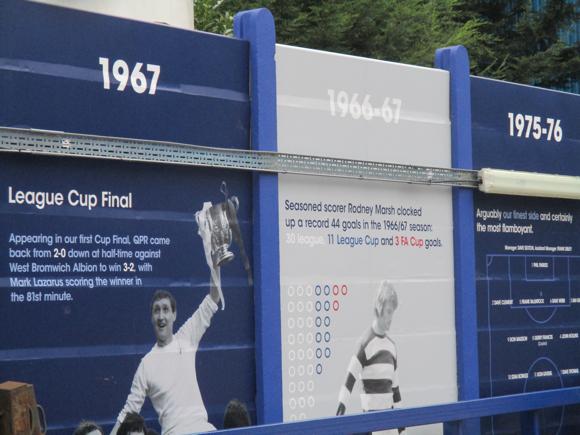



Winning the Premier League title, the FA Cup and League Cup is the treble. Created in 1960, England’s second major cup competition is open to all 92 teams in the top four divisions. Also referred to by its sponsor’s name – currently Carabao – this mainly midweek tournament is decided on the night. Clubs below the Premier League enter the First Round at the start of the league season in early August, the first two stages divided regionally, north and south.
Premier League clubs with European commitments are generally exempt until the Third Round, and those with large squads tend to field a settled side of leading reserves for the purposes of the tournament. After two two-legged semi-finals in January, the final takes place at Wembley in late February or early March.
The winners enter the play-off round of the Europa Conference League – if they haven’t qualified for Europe already, in which case their berth is passed down the Premier League table to the next highest finishers.
FOOTBALL WEEKENDS
The season from kick-off to crunch time




The Premier League kicks off mid August and runs until mid-to-late May. There is no winter break – Christmas, in fact, is a busy schedule.
The Football League divisions usually start a week earlier. The Championship, Leagues One and Two finish in early May, with play-offs stretching over ten days or two weeks, the Championship play-off final a week after its counterpart fixtures for Leagues One and Two.
For the World Cup season of 2022-23, the top two tiers break off in mid-November and restart on Boxing Day, December 26, the Championship picking up a couple of weeks earlier.
The traditional kick-off time of 3pm on a Saturday is no longer sacrosanct – for the Premier League at least. Invariably there’s an early kick-off on Saturdays, at 12.30pm, with another game to follow the final whistle around the country, at 5.30pm. Then there are two or three games on a Sunday, often at 2pm and 4.30pm. The Monday night game is at 8pm, with an occasional one arranged for the same time on a Friday.
The Championship sticks more with the Saturday 3pm tradition. Around it, many weekends might have a Friday evening game at 8pm, a Saturday one at 12.30pm and/or 7.45pm, and a Sunday afternoon fixtures, times variable. With so many games to squeeze into a 24-team league, midweek matches are pretty common, at 7.45pm or 8pm.
Leagues One and Two are usually timetabled for 3pm Saturday, also with regular midweek games (Tuesdays rather than Wednesdays) and the odd game staged on Friday evening or Sunday afternoon for logistical reasons.
getting in
Buying tickets – when, where, how and how much


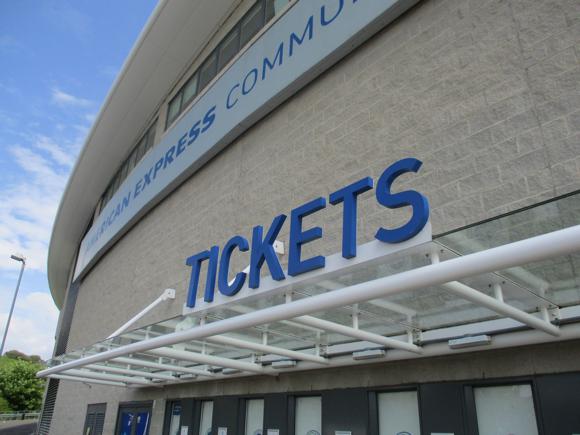

Availability is a huge issue for Premier League games. For certain clubs with smaller capacities, such as Leeds, it’s near impossible, but buying an annual membership usually allows you to buy tickets for most games. This, of course, adds another £20-£30 to the price of your ticket but it does mean you get in. Many clubs also operate an official sell-on scheme for season-ticket holders who cannot attend a particular match.
Another alternative is a hospitality package, where for £200-£400 you are wined and dined, and given a seat with a prime view. Some are tied into hotel deals, too, so if you’re coming from abroad, it’s a reliable but pricy option.
Several agencies provide tickets for most matches, but you’ll be paying £200-£300, a sum that could probably get you a hospitality package of some kind.
Ticket prices at face value should be around £35, maybe £45 for a reasonable view, £50-plus for a decent seat at a big club. By common agreement and after pressure from supporters’ associations, away fans should be charged £30. Clubs usually categorise games A-C, the less attractive fixtures being cheaper and easier to source tickets for. Prices are also reduced for the domestic cup competitions – but the bigger clubs usually field near reserve teams in the earlier rounds.
















